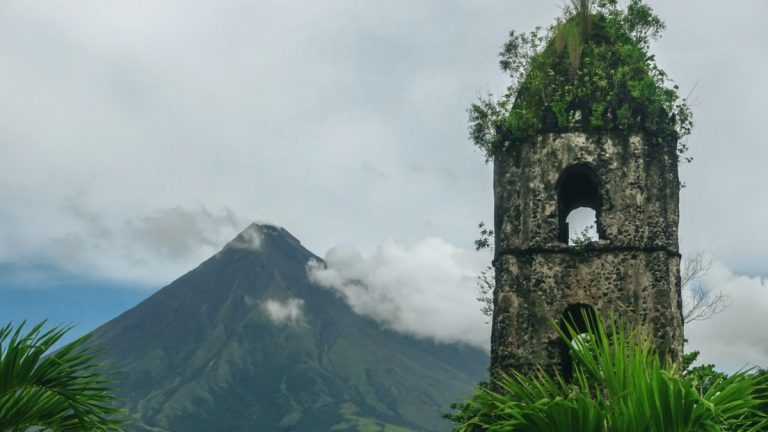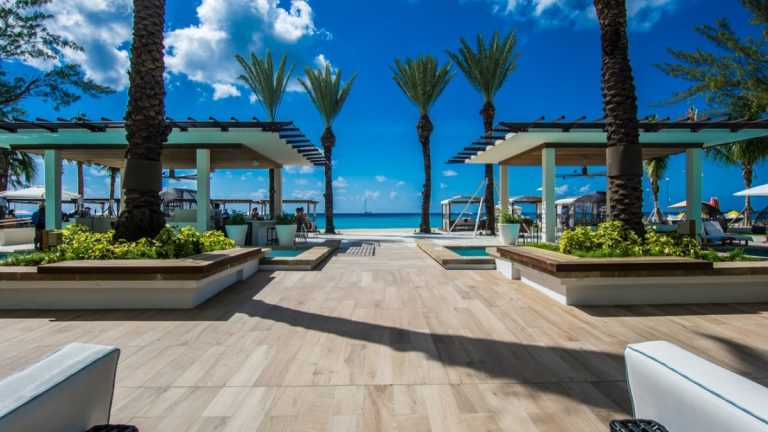Punta Cana, on the eastern coast of the Dominican Republic, has grown internationally renowned as a beautiful tropical getaway paradise with fashionable, eco-chic, value-priced accommodations. Indeed, Punta Cana has now become the #1 tourist destination in the Caribbean — and it’s happened in just 28 years! This amazing metamorphosis was reported by several of the most popular travel publications and websites. I’d like to inform you that this statistic is based on REAL evidence, not simply marketing hyperbole. The Caribbean Tourism Organization, a non-profit organization that monitors the progress of 29 nations in the Caribbean region, collects the data.
In the following sections, I’ll go through this information in further detail. Because the Caribbean Tourism Organization has yet to release December statistics for 2011, there is no complete data set available for that year. However, if you look at the data for the first 11 months of 2011, you’ll notice that things haven’t changed dramatically.
The Dominican Republic recorded more non-resident airport arrivals than any other nation in the Caribbean, easily outpacing Cuba, which is second on the list. The top 10 Caribbean vacation spots, as well as the overall number of non-resident airport arrivals, are shown below.
- Dominican Republic – 4,124,543
- Cuba – 2,531,745
- Cancun Mexico – 2,106,485
- Jamaica – 1,921,678
- Puerto Rico – 1,369,814
- The Bahamas – 1,368,053
- Aruba – 825,451
- The US Virgin Islands – 691,194
- Martinique – 476,492
- St. Maartin – 443,136
Let’s look at the statistics further into European, US American, and Canadian travel. Europeans overwhelmingly choose the Dominican Republic as their favorite Caribbean holiday location. Cuba is their next favorite country. The United States features a close four-way competition between Cancun Mexico, Jamaica, Puerto Rico, and the Dominican Republic. Cancun outperforms the other three but the Dominican Republic grew by 6.8 percent in one year and this trend will continue. Punta Cana has now become the #1 pick for US nationals, replacing Puerto Plata on the north coast, which was previously number one. The Dominican Republic is also popular among Canadians, particularly Punta Cabaña, which has become their second-favorite Caribbean holiday location after Cuba. Residents of the United States are prohibited from traveling to Cuba.
How did Punta Cana rise to such a high level of popularity?
It would be difficult to single out one thing in particular that caused the area to grow in popularity with numerous well-known tourist destinations. Punta Cana is an exception. On the Punta Cana coast, which runs for about 39 kilometers from north to south and is bordered by Bavaro in the north and Cap Cana in the south, there was one easily identifiable event that occurred in 1984 that transformed significantly everything and completely altered this area into a massive tourist destination it is now.
Do you already have a lot of questions running through your mind?
Punta Cana is a stunning location. It has silky white beaches with a warm sparkling blue ocean lapping up against its coast. It’s so beautiful that it lures you in, according to some individuals. When you throw in the lush coconut grove that runs down the length of the coast, as well as the swaying palm trees along the shoreline, you have a recognizable Caribbean paradise seen on postcards sent to loved ones who weren’t able to go on the trip but will surely wish they had. However, up until 1984, very few people were aware of this tropical treasure. Until the opening of the Punta Cana International Airport (PUJ), it had gone largely unnoticed by most international tourists. Aeropuerto Internacional de Punta Cana is the official name for this international airport in Spanish, the national language of the Dominican
You see, no matter how stunning a location is, most individuals will not visit it if they don’t have a convenient and reasonably priced method to get there. The tiny airstrip that had been created in 1971 was unable to accommodate the big passenger planes before the Punta Cana International Airport was constructed. Furthermore, to get from one nation to another, you had to fly into Santa Domingo and then take a four-hour bumpy bus or taxi journey to Punta Cana. The unpaved road was narrow and full of large potholes. The road was constructed as a dirt track that needed to be paved. Heavy rains caused the road to wash away, and horse traffic slowed motorized vehicles down, making the journey unpleasant for weary travelers intent on reaching their hotel.
The PUJ’s air traffic has exploded, and it is on track to serve more than 4 million people this year (2012)! It now receives far more traffic than the next busiest airport in Santo Domingo. There is no other privately funded airport in the world that has achieved this level of commercial success.
Punta Cana has grown in popularity among visitors from all across the world. PUJ Airport is served by Air Canada, AirTran, American Airlines, British Airways, Continental, Delta, JetBlue, KLM, Spirit, United Airlines and US Airways. Apple Vacations launched its 300th trip to the United States on January 30th 2012. From Canada, passengers can fly to Punta Cana Airport on Air Transat, Sunwig, Skyservice, and CanJet. In the harsh Canadian winter months, they run. With a history that began in modest circumstances about four decades ago, it now frequently accommodates more than 70,000 people. Punta Cana has established itself as one of the world’s top destinations for travelers. And… there is no end in sight to this region’s development. The nearly 39-mile Punta Cana coast has served as a gold rush for the major hotel businesses, especially those owned by Spaniards since the international airport was built. The new high-rises, which are made to take advantage of the panorama, have sprung up almost overnight. As a result of this investment money, the infrastructure has also improved dramatically.
Before the US Americans, the Europeans and Canadians seem to have discovered Punta Cana. However, in recent years, US Americans have been rapidly catching up with them. In reality, entire resorts have been erected to cater to the specific demands of US Americans, who prefer the European atmosphere and customs.
Americans and Canadians living in the Eastern Time Zone, who wish to travel to Punta Cana, can depart early in the morning and arrive by mid-day without jet lag as the time zones are identical, with the exception of daylight savings time, when it is only one hour different. When compared to other equally incredible locations, a trip from the west coast of the United States or Canada is a very simple one. The Punta Cana Airport fits in with the Dominican Republic’s scenery and offers a good first impression when tourists arrive at the country. The most notable characteristic of the airport was its thatched roof, which featured palm fronds. All of the materials used to construct the airport were acquired from local sources, including palm fronds, indigenous wood, and native coral. This was a deliberate action on the part of Frank Rainieri and the other investors in Grupo Punta Cana, who paid for the airport secretly. Since they were inadequately financed for such an ambitious venture, Frank Rainieri sought out a Pratt University Dominican architecture student. He accepted to do it for free in order to build a reputation. He has since established notoriety and received excellent payments for similar works in the Dominican Republic.
The construction of the international airport was initially sought after by Grupo Punta Cana, who attempted to get the Dominican Republic government to finance or at least partially finance it. They discovered that they would have to privately finance it entirely on their own after eight years. They should be praised for their vision and tenacity since no airport of this size had previously been constructed privately. However, the project would have never gotten off the ground without approval and assistance from the Dominican Republic government.
So, there you have it. The success of the Punta Cana coast rested on one thing: constructing an international airport that would allow tourists easy and inexpensive access to this lovely paradise. It required tremendous vision and tenacity.



